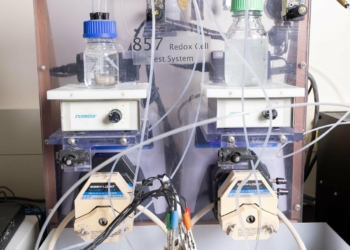DeepFake techniques, which produce visually plausible images or videos that are hard to be discriminated by humans, are now critically important in our society.

A deepfake – artistic impression. Image credit: ApolitikNow via Flickr, CC BY-NC-SA 2.0
Recently, lots of fake videos have been produced by facial animation techniques. They challenge the security of many intelligent systems as detectors trained on existing deepfake datasets consisting of face identity changes cannot detect facial animation videos.
Therefore, researchers have recently created a new human face animation video dataset. It contains 10,000 face animation videos in ten different actions and 10,000 real face videos to enable supervised detector training. The researchers establish deepfake detection baselines on the dataset and evaluate their performance in different scenarios.
The study provides the basis for learning and practicing how to develop, evaluate and use deep neural networks for fake face animation detection.
The DeepFakes, which are the facial manipulation techniques, is the emerging threat to digital society. Various DeepFake detection methods and datasets are proposed for detecting such data, especially for face-swapping. However, recent researches less consider facial animation, which is also important in the DeepFake attack side. It tries to animate a face image with actions provided by a driving video, which also leads to a concern about the security of recent payment systems that reply on liveness detection to authenticate real users via recognising a sequence of user facial actions. However, our experiments show that the existed datasets are not sufficient to develop reliable detection methods. While the current liveness detector cannot defend such videos as the attack. As a response, we propose a new human face animation dataset, called DeepFake MNIST+, generated by a SOTA image animation generator. It includes 10,000 facial animation videos in ten different actions, which can spoof the recent liveness detectors. A baseline detection method and a comprehensive analysis of the method is also included in this paper. In addition, we analyze the proposed dataset’s properties and reveal the difficulty and importance of detecting animation datasets under different types of motion and compression quality.
Research paper: Huang, J., Wang, X., Du, B., Du, P., and Xu, C., “DeepFake MNIST+: A DeepFake Facial Animation Dataset”, 2021. Link: https://arxiv.org/abs/2108.07949















